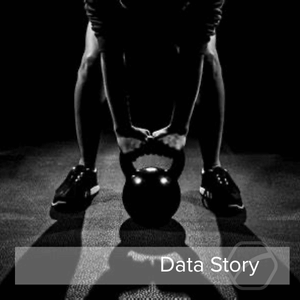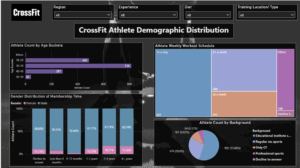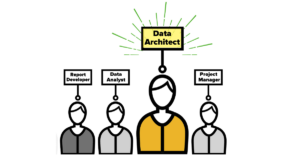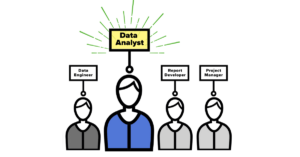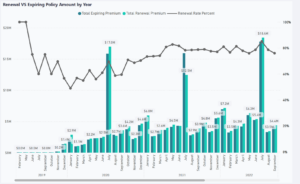Why is CrossFit Popular ?
CrossFit is a workout routine built around functional fitness including strength training and cardio. CrossFit gyms can be found across the world in strip malls, garages, repurposed warehouses, and state-of-the-art gym facilities. The goal is to provide athletes with lifestyle changes that are measurable and consistent. While some gyms are more focused on building athletes to be ready to compete, others are more focused on community and scaling for all levels of fitness. Most gyms will cater to both and offer classes and coaches to guide each individual on their journey.
For athletes, CrossFit is a workout that can help build confidence. CrossFit classes help to provide a sense of community and belonging. In a room where there are various demographics represented, getting cheered on in a movement can be fulfilling. Achieving a PR (personal record) is cause for celebration throughout the gym, no matter how light it may be in some perspectives. The scalability of movements helps beginners feel like the workout is achievable, while the well-trained athletes can still feel challenged.
Personally, I enjoy CrossFit as a hobby outside of work hours. While they are currently not a client of ours, I became interested in thinking about my hobby through my professional lens and decided to put together this data story combining the two. Would love your feedback.
Why do Memberships Decline?
If CrossFit is so popular among its athletes, why do gyms struggle with retention and growth? The answer to this question will vary from gym to gym. Through Business Intelligence insights we can help excavate the information needed to pull a struggling gym out of the ruts.
Several reasons for declining membership could include economic hardships, lack of accountability in the gym, over-training, not enough variety in classes, too large of classes, lack of seeing any physical results, etc. While any or none of these could be a contributing factor, there is a need for marketing efforts to garner interest and new membership growth.
How can Business Intelligence use Data to Answer Questions?
So, what is Business Intelligence and why should gyms be interested? “Business intelligence (BI) is a technology-driven process that analyzes business data and transforms it into actionable insights, helping executives and managers make better-informed decisions” (What Is Business Intelligence (BI)? Types, Benefits, and Examples). Sounds easy enough, right? Well for BI consulting companies, it is our passion, and we work directly with stakeholders to understand their needs and gather the data that they need to use to make informed decisions.
As a BI analyst, we would gather your specific gym’s data. This data can be across multiple platforms (HR, membership management, marketing platforms) and integrated into one easy to read report. Memberships historical and present. Any demographic information to describe your athletes would be extracted, and we would transform the data to be easily understandable. Then, we can track trends among athletes, seasonality of memberships, demographic shifts, etc. With this information and the business owner we could have a conversation on what the data shows, and the business owner can use this data towards their next marketing push. Maybe they notice several females all left around the same time, and then they realize they stopped offering childcare around that time as well. This may seem like an obvious point out, but as a small- medium business owner you may not be paying attention to those types of details.
Industry data can also help with comparing business to the overall marketplace. CrossFit has a large resource of affiliated gyms, and being able to harness data gathered from multiple resources can help pick up on what is a global trend, versus an internal factor. Using Business Intelligence to notice these trends before the rest of the market can also give your gym a competitive advantage to make marketing shifts early.
Sample Dataset Analysis
CrossFit hosts various competitions throughout the year. These can be global, such as the CrossFit Open or CrossFit Games, or they can be local and hosted by a small gym. Typically, these competitions are open to athletes of all skill levels (having to courage to enter a competition may be limited to higher skill levels though). When athletes enter these competitions, they may have to submit their demographic information such as age, gender, address, what gym they attend, and how often they work out. This demographic information is used to create a sample dashboard of what insights we can gather just from athletes who compete.

In this sample dashboard we can see that the gender distribution is greatly skewed towards males between 30-39 years old. This is an indicator that these competitions may have been hosted at smaller gyms, as the CrossFit Games hosts a 50/50 split of males and females. This is helpful for us to understand and allows us to utilize the dashboard more effectively. Since males are the primary demographic, this may be an indicator to market to more females. However, males may just generally be more competitive, hence more entering competitions. This information allows the business owner to gear their classes more towards being competition-ready for males, while allowing more scaling and flexibility for females.
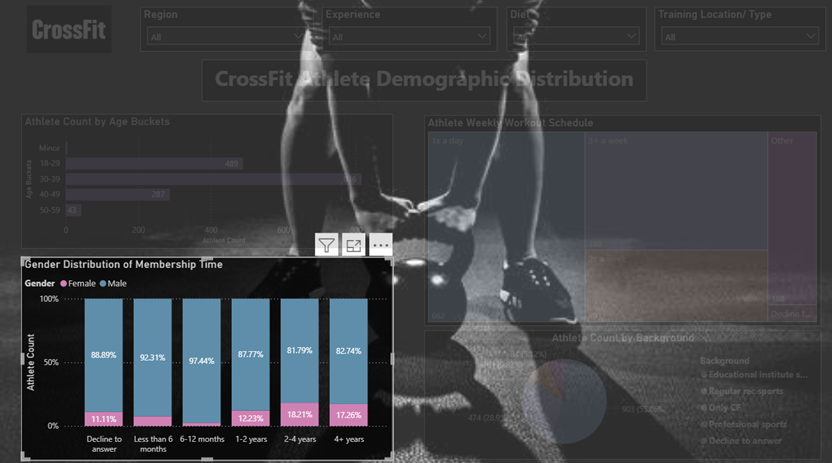
Another trend that stands out is that most athletes have stated they work out once a day. If the gym is not open, they likely are finding another avenue to get their workout in. Having a schedule to allow athletes to work out at the gym every day might be a business-driver. As a CrossFit gym owner, safety is also important, and daily workouts can lead to burnout or injury, so having ‘alternative workout’ days can help prevent injury by gearing that day’s workouts towards flexibility, mobility, stretching, and recovery.
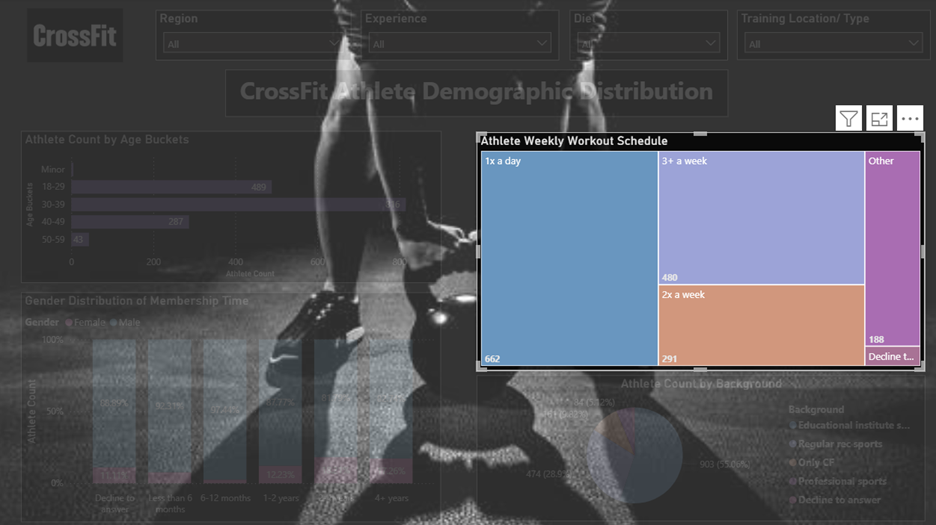
For additional insight, this dataset offered information on whether the athlete had prior fitness experience. The pie chart in the bottom right offers that most athletes who competed have a background in educational institute sports. *Bells Ringing* For me as an analyst, this explains the competitive nature of the athletes, as they have a history of competing in sports in school. To promote the retention of these athletes I would suggest adding games in the workout. Whether that is a warm-up game of short sprint tic-tac-toe or a workout where your team has to get the most reps in the time frame.
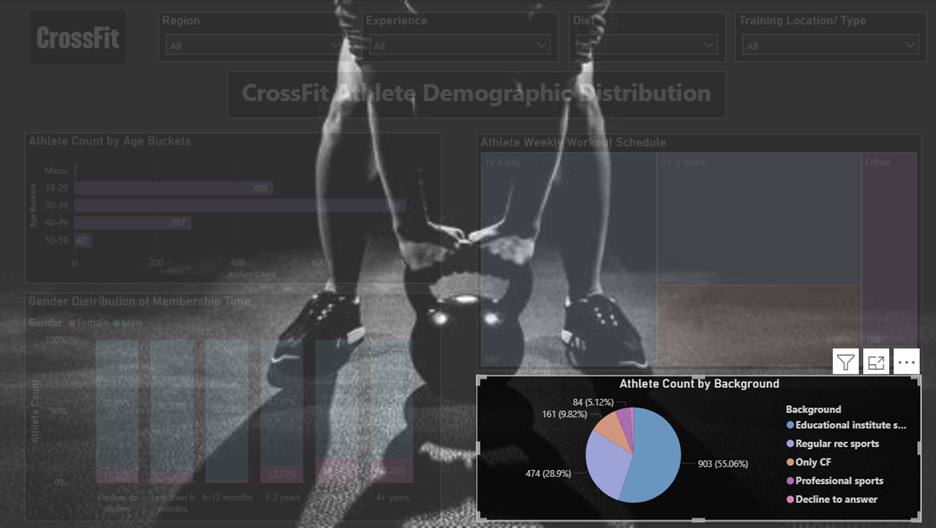
Conclusion
These are just a handful of use cases that this sample dataset can provide as a reference when looking at what your gym can do to improve and get more membership. Every gym is different, and a one-size fits all approach is not feasible. Working with a business intelligence company to see the approach that works best for your business is the only way to be able to ensure you can pivot your needs as quickly as they appear. For a demo or more information, please reach out!
